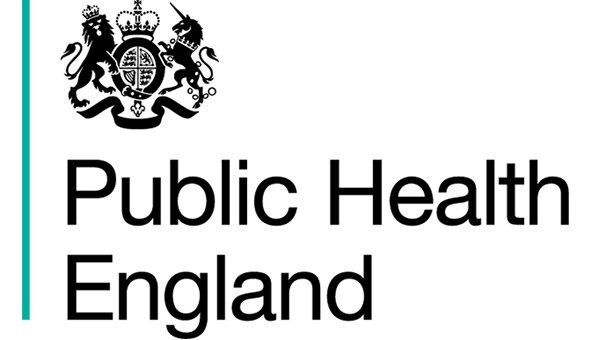Department of Health (DH) statistics state that every year in England and Wales, approximately 30 people die from carbon monoxide (CO) poisoning, that 200 people are admitted to hospital, and around 4,000 people attend A&E, are treated and sent home. However, it is generally accepted that these figures underestimate the scale of the problem, due to the difficulties in diagnosis.
This study looks at possible new ways to detect CO poisoning which could be used when CO exposure is suspected at low-levels.
This research focused on developing techniques that demonstrate the specific effects of CO on cells and tissues by identifying how changes in the cells (biomarkers) can occur. These biomarkers are required to show both the level of CO exposure and the toxic effects of CO, and need to be robust and long lasting for practical use by medical professionals.
The fact that symptoms of CO poisoning are similar to the symptoms of the common cold and flu, provide challenges for medical professionals to diagnose and as such, it is often overlooked.
Furthermore, current methods to confirm CO poisoning in the body require specialist equipment that is frequently used long after the patient has stopped being exposed to CO. This makes it much more difficult to determine if a person has been exposed since CO can be rapidly eliminated from the body.

Conclusions
Exposure of normal peripheral blood lymphocytes to 200ppm carbon monoxide is associated with changes in gene expression.
Changes in gene expression can be mediated through the known interaction of CO with haem containing proteins.
These gene expression changes and any associated protein changes are suitable for further development as CO exposure biomarkers.
Our research partners

University of Leeds

Manchester Metropolitan University

University of Hertfordshire

University College London

St George's University Hospitals

Sheffield Hallam University

Queen Mary University of London

Public Health England

NPIS

Newcastle University

NEA

London Fire Brigade

Université de Lausanne

Imperial College London

Liverpool John Moore University

Lancaster University

Improving Practice in Performance

IGEM

East of England Ambulance Service

Cranfield University

Brunel University London

Aintree University Hospital

Frimley Health

University of Surrey
